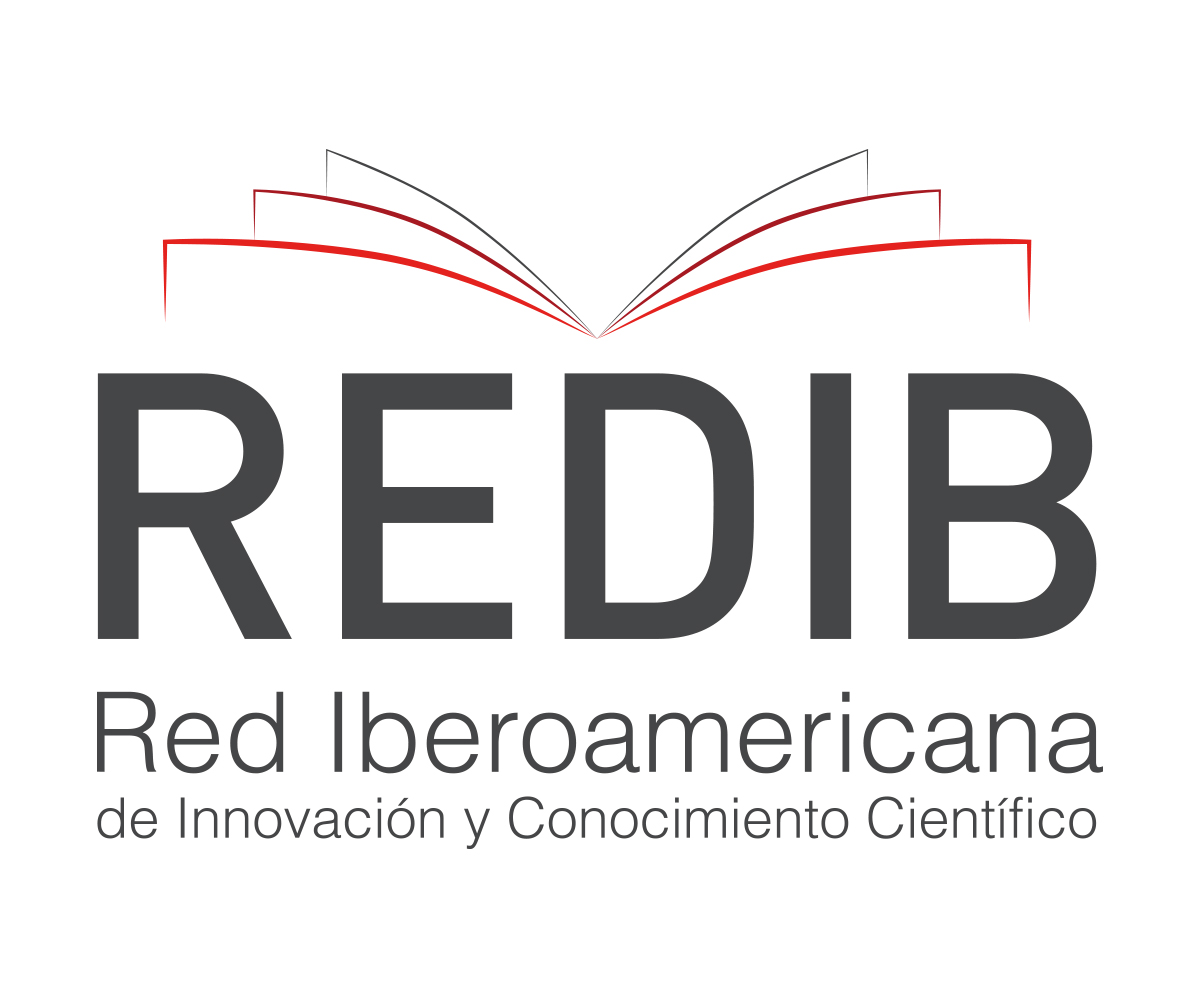Experimental construction of vertical gardens and its relation with thermohygrometric comfort in closed environments
DOI:
https://doi.org/10.15381/idata.v19i2.12818Keywords:
Thermohygrometric Comfort, Global temperature wet bulb indoor, Natural and forced convection, Liabilities gardens.Abstract
The aim of the research is to improve the thermo-hygrometric comfort indoors, through the implementation of two prototypes of vertical gardens, one consisting of ferns and another by an association of plants, recording environmental conditions was performed with the Questem team p 34, for 5 days for a cabin volume of 15,35m3 and an area of 4 m2 of garden, these are the wet bulb temperature (Tbh ° C), dry bulb temperature (Tbs ° C) , globe temperature (Tg ° C), relative humidity (% RH), the global wet bulb temperature indoor (TGBHi ° C) and air velocity (v m / s) in booths test prototype without prototype vertical garden in natural and forced convection, according to statistical analysis Pearson correlation is concluded that with the implementation of the prototype of vertical garden plant association have changes in temperature and humidity conditions, air temperature, air humidity environments closed with natural and forced convection.Downloads
Downloads
Published
Issue
Section
License
Copyright (c) 2016 Mario Cabrera Vallejo, Wilfrido Salazar Yepez

This work is licensed under a Creative Commons Attribution-NonCommercial-ShareAlike 4.0 International License.
AUTHORS RETAIN THEIR RIGHTS:
a. Authors retain their trade mark rights and patent, and also on any process or procedure described in the article.
b. Authors retain their right to share, copy, distribute, perform and publicly communicate their article (eg, to place their article in an institutional repository or publish it in a book), with an acknowledgment of its initial publication in the INDUSTRIAL DATA.
c. Authors retain theirs right to make a subsequent publication of their work, to use the article or any part thereof (eg a compilation of his papers, lecture notes, thesis, or a book), always indicating the source of publication (the originator of the work, journal, volume, number and date).



















